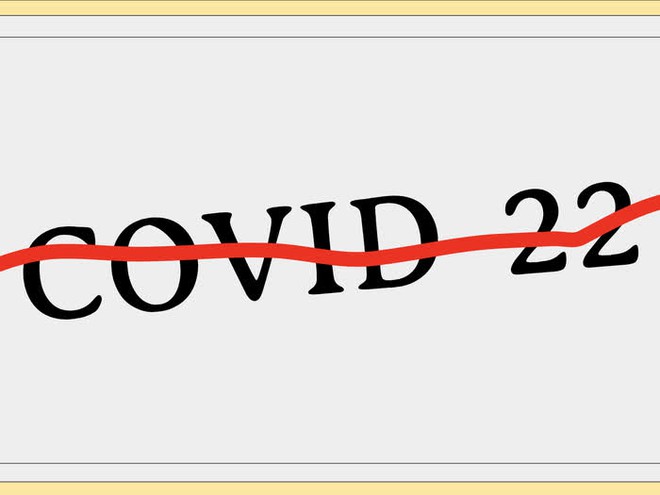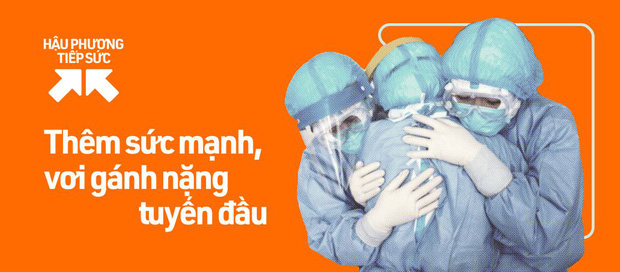There is no such thing as “COVID-22”, Twitter blocks the term because it is unscientific
- Tram Ho
You may have heard somewhere, on social media or some mass media, mention “COVID-22”. Accompanied by a wave of fear about a new disease or new virus.
The hashtag #COVID-22 even appeared on Twitter’s trending tab this week with more than 58,000 tweets in just one day. However, Twitter later blocked the phrase “COVID-22” from showing up in its trending section.
A spokesperson for the social network said “COVID-22” is a term that violates the platform’s policies, because it is spreading scientifically misleading information.

There is no such thing as “COVID-22”, so where did the term come from?
Looking back at the information about the hashtag “COVID-22” on Twitter, we can see that it originated from Insider Paper, a Swiss general news site. Insider Paper tweeted its own article titled “Expert warns of a new super variant COVID-22 that could be more deadly than Delta”.
This tweet, which received 13,000 likes and over 30,000 retweets or retweets, started the #COVID-22 hashtag wave with thousands of panicking comments. However, the Insider Paper article is just an English translation of a German Blick interview with Sai Reddy, a professor of immunology at ETH University Zürich, Switzerland.
In this interview, Professor Reddy seems to have used the phrase “COVID-22″ to discuss the future of the COVID-19 pandemic.
” The next phase of the pandemic, when the Beta or Gamma variant is more infectious and the Delta variant will continue to grow ” will be a big problem, Reddy said. ” COVID-22 could be even worse than what we’re seeing right now,” he said.
Professor Reddy’s quotes quickly went viral online, with many misinterpreting the terminology he used and raising concerns about a new variant of SARS-CoV-2. Not only appearing on Twitter’s trending tab, the number of searches for the keywords “COVID-22” and “Sai Reddy” also spiked last week on Google Trends.
A series of domestic and foreign newspapers grabbed the title of this new keyword and quoted Professor Reddy’s comments. Some social media sites even hyped the term and created a wave of fake news about “COVID-22” as a virus that could be more dangerous than the Delta variant, which is currently the COVID-19 variant that infects the most people. In the world.

” COVID-22 ” doesn’t fit any scientific definition
While it may seem like a very intuitive term, “COVID-22” actually does not represent any new virus or disease variant. According to Dave Wessner, a biology professor at Davidson University, what Professor Reddy means by this term is just another wave of the pandemic. The use of the word “COVID-22” as an inadvertent term has confused and misinterpreted it.
Wessner said we have the term COVID-19 (with CO for “corona”, VI for “virus” and D for “disease”) to refer to the disease caused by the SARS-CoV-2 virus, which was discovered Existing since 2019.
By this definition, COVID-22 means the disease caused by the SARS-CoV-2 virus by 2022. To be recognized as a new disease, it must be different from COVID-19, such as the changes in disease symptoms. But actually, people infected with the SARS-CoV-2 virus variant like Delta still have the same old symptoms of COVID-19.
The introduction of a new term, COVID-22, would mislead many people as the disease had changed. “It doesn’t exactly reflect biology at all, and I think the introduction of such new names is just misleading people, more than anything else,” Professor Wessner said.
COVID-22 also does not represent any new virus variants. By current variants are named after the Greek alphabet by the World Health Organization, like Delta and Lambda. And scientific nomenclature systems name variants according to the location where mutations occur, such as B.1.1.7 (Alpha), B.1.351 (Beta), P.1 (Gamma), B. 1.617.2 (Delta).
In all of these new variants, the disease they cause has not changed, and the basic biology of the virus has not changed either. So, Professor Wessner said calling a new virus variant COVID-22 is also unreasonable.
Even when variants like Delta emerge with mutations that make them more transmissible or resistant to vaccines, they can still be recognized as variants of SARS-CoV-2.

COVID-19 variants are currently named according to the Pango scientific nomenclature system and the Greek alphabet according to the WHO.
Twitter then blocked the term “COVID-22″ from showing up on its trends, citing a violation of the platform’s policies. Responding to Newsweek, Professor Sai Reddy himself said he regretted saying this new term.
” Unfortunately, I didn’t realize that my use of the terms ‘COVID-21’ or ‘COVID-22 would lead to such a response. What I meant to convey was when SARS-CoV-2 developed. literally, the way we think to respond and respond to pandemics will also have to change ,” he said.
“Of course, I agree that COVID-19 is the most logical and correct term for the disease caused by SARS-CoV-2.”
Refer to Insider
Source : Genk

